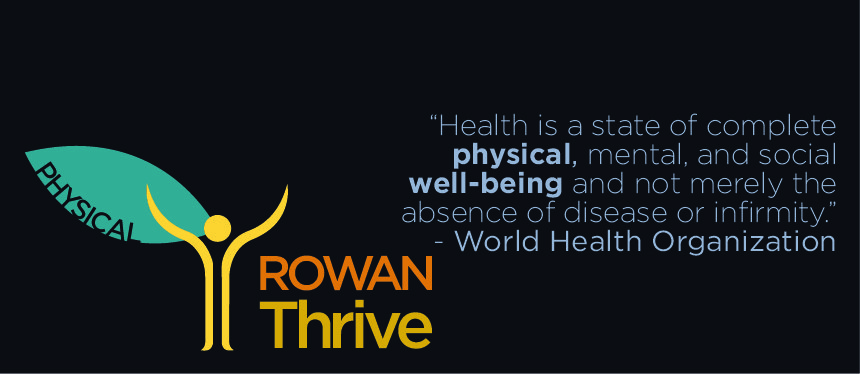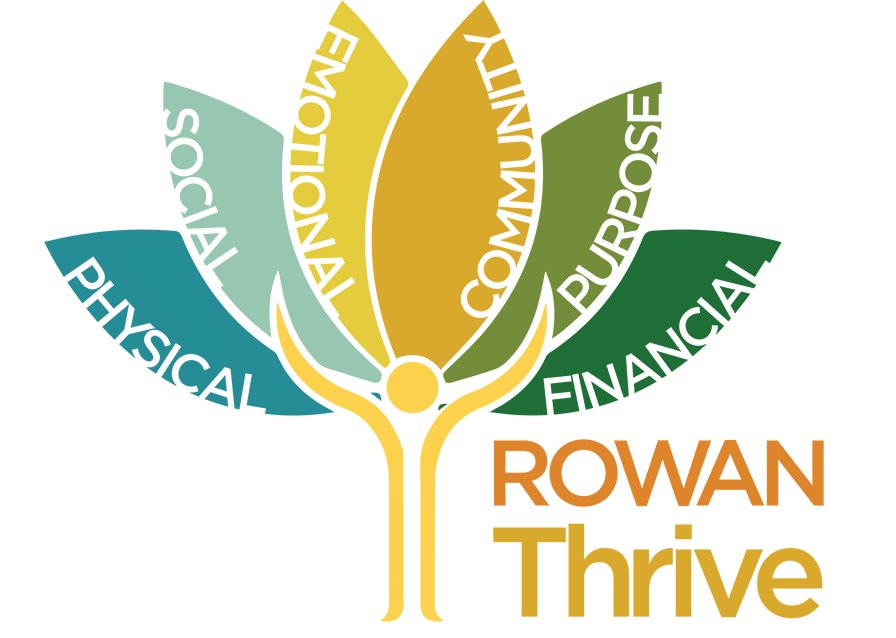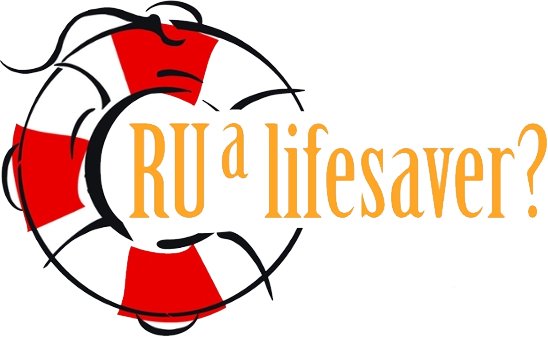Additional Physical Resources
Additional Physical Resources
Additional Physical Well-Being Resources
Additional Outside Resources
Food journaling: https://www.livingsafer.com/best-apps-for-food-journaling/
21 DAY FIX TRACKER
This app will help you keep track of how much more you can eat each day on the 21 Day Fix, a diet that breaks down what you consume into color-coded food groups and portions. The app also has features that help you monitor your progress, such as how many inches you’ve lost while on the diet. (Free; iTunes and Google Play)
CALORIFIC
Calorific divides foods into three categories (red, yellow, and green), and then into portion sizesfor easy two-click tracking. There's no need to comb through overly involved databases to write down every minute meal detail, and Calorific uses your data to generate pie charts showing the healthy to unhealthy ratio of your food choices as well as the time of the day you make the best nutrition choices. (Free; iTunes)
MY DIET COACH
This app aims to help users resist food cravings, temptations, emotional eating, exercise laziness, and other challenges. By programing your height and weight into the app, you're able to visualize what your body looks like now as compared to what it will look like at your goal weight. (Free; iTunes and Google Play)
LOSE IT!
Set your weight loss (or other health) goal, and Lose It! has an easy-to-use tool for tracking everything you eat and do. You can scan barcodes, set challenges for yourself, share food, recipes, and your progress with friends, and hook your account up to other workout devices and apps such as pedometers and wireless scales. (Free; iTunes and Google Play)
FOODNOTES
For people who love to eat, Foodnotes is a place to document, organize, and share what you want to try and what you want to remember. Users can join people from around the world who are already using the app to save their favorite food experiences. (Free; iTunes)
KUDOLIFE
A personalized meal-plan app, Kudolife connects you with nutrition experts that suggest meals tailored to your goals, whether those are weight loss, better fitness, or a little bit of both. (Free; iTunes and Google Play)
MEALLOGGER
Whether you're on a diet or just want to be healthier, you can keep track of everything that goes into your body by logging your meals on this app with pictures and descriptions. You can also work directly with a dietitian, nutritionist, or fitness trainer for feedback and support. (Free; iTunes and Google Play)
Categories:
Sleep
It’s common knowledge that most people need 8 hours of sleep a night to stay healthy and alert. However, many people, especially young people, don’t understand the importance of maintaining a regular sleep cycle. While staying up till 3am and sleeping in till noon might contain enough hours of sleep, it will leave your body unprepared to go to bed at 10pm the next night and wake up for work or school at 6am. Your body craves a regular routine especially when it comes to sleep. If your sleep cycle is constantly being disrupted, many negative symptoms can erupt such as extreme fatigue, sluggishness, memory issues, emotional instability and even an increase in sicknesses.
Eating Well
Contrary to what most people think, eating healthy doesn’t mean feeling hungry all the time or eating nothing but lettuce for the rest of your life. Much like sleep, your body likes consistency when it comes to what and when you eat. Regularly eating healthy foods such as vegetables, fruits, lean meats and whole grains will give you the nutrients that not only support your body’s vital functions but can balance your mental well-being as well. Eating too much when you aren’t hungry or making yourself skip meals can have metabolic consequences that can upset your physical and mental health. Don’t forget that drinking plenty of water goes hand in hand with eating right.
Physical Activity
Like eating healthy, exercise can conjure up a plethora of unpleasant images from drill sergeant personal trainers to dreaded gym class in school. Not all physical activity has to be a painful endeavor that is endured only for the sake of health. While the long-term benefits of exercise are indisputable, many struggle to make it a part of their daily life. The key to sticking to an exercise routine is to find an activity that you like and you can grow in. If you find spin class boring or yoga too easy then simply don’t force yourself to do it. There are hundreds of different exercise classes and methodologies that can engage you and inspire you to improve.
Hygiene
Hygiene is defined as any action taken to maintain health and prevent disease. This can pertain to the daily practices of showering, washing hands, brushing teeth and flossing. Personal hygiene won’t just keep you healthy but it can even boost your mood which can be especially helpful for those living with a mental health disorder like depression.
Hygiene also includes seeking out preventative medical care such as getting physical exams, going to the dentist and seeing an eye doctor if you have vision issues. Most people are able to brush their teeth and shower regularly but many put off making medical appointments out of inconvenience. Preventing disease or intervening with early treatment is much more convenient in the long run than ignoring your health concerns altogether.
Relaxation
Relaxation is commonly thought of as only a mental exercise with only mental benefits. That is simply not true. Tension can build up in muscles causing headaches or back pain and stress hormones can cause a variety of nasty symptoms including adrenal fatigue. In modern times, everyone packs their schedules full of events and puts pressure on themselves to get ahead. While ambition is admirable, scheduling time to simply relax and enjoy yourself is important to your overall health. Whether it is getting a massage, staying home with a good book or playing your favorite sport, some “me time” does everyone good.
- Exercise
- A Nielsen report from 2017 suggests that technology use is changing rapidly, with potential implications for influencing sedentary behavior. Although adult television and tablet use has decreased modestly in recent years, adult smartphone use increased from the 2012 to 2014 period to 2017 by >1 hour each day. (https://www.ahajournals.org/doi/10.1161/CIR.0000000000000659)
- More than 80% of adults do not meet the guidelines for both aerobic and muscle-strengthening activities https://www.healthypeople.gov/2020/topics-objectives/topic/physical-activity?_ga=2.201736019.39164316.1552658435-77775625.1552658435
- Being physically active is one of the most important actions that people of all ages can take to improve their health. Physical activity can make people feel better, function better, sleep better, and reduce the risk of a large number of chronic diseases. Health benefits start immediately after exercising, and even short episodes of physical activity are beneficial. Even better, research shows that just about everyone gains benefits: men and women of all races and ethnicities, young children to older adults, women who are pregnant or postpartum (first year after delivery), people living with a chronic condition or a disability, and people who want to reduce their risk of chronic disease.
- Adults should move more and sit less throughout the day. Some physical activity is better than none. Adults who sit less and do any amount of moderate-tovigorous physical activity gain some health benefits. ƒ For substantial health benefits, adults should do at least 150 minutes (2 hours and 30 minutes) to 300 minutes (5 hours) a week of moderate-intensity, or 75 minutes (1 hour and 15 minutes) to 150 minutes (2 hours and 30 minutes) a week of vigorous-intensity aerobic physical activity, or an equivalent combination of moderate- and vigorous-intensity aerobic activity. Preferably, aerobic activity should be spread throughout the week.
- Adults should also do muscle-strengthening activities of moderate or greater intensity and that involve all major muscle groups on 2 or more days a week, as these activities provide additional health benefits. (https://health.gov/paguidelines/second-edition/pdf/PAG_ExecutiveSummary.pdf)
- Activity Tracker from “Move Your Way” - https://health.gov/MoveYourWay/Activity-Planner/
- Move Your Way Graphic/Poster - https://health.gov/paguidelines/moveyourway/materials/PAG_MYW_Adult_FS.pdf
- Video - Move Your Way: Tips for Getting Motivated - https://youtu.be/0i1lCNHaxhs
- Video Move Your Way: Tips for Busy Days (not for college students?) - FACULTY? - https://youtu.be/61p1OIO20wk
- Healthfinder.gov - live well, learn how https://healthfinder.gov/HealthTopics/Category/nutrition-and-physical-activity/physical-activity?_ga=2.105717697.39164316.1552658435-77775625.1552658435
- Exercise can be an antidepressant - https://www.psychologytoday.com/us/blog/the-athletes-way/201810/the-newly-proven-antidepressant-powers-exercise?amp
- Sleep
- Data from the Centers for Disease Control and Prevention indicated that the age-adjusted prevalence of healthy sleep duration (≥7 hours) was 65.2% for all Americans and was lower among Native Hawaiians/Pacific Islanders (53.7%), NH blacks (54.2%), multiracial NH people (53.6%), and American Indians/Alaska Natives (59.6%) compared with NH whites (66.8%), Hispanics (65.5%), and Asians (62.5%).
- Nutrition/Diet
- The SHOP & Fresh for All
- Hydration
- As a general rule, drink half of your body weight (in pounds), in ounces. For example, if you weigh 200 pounds, you should drink 100 ounces of water per day. Drink more if you perspire due to heat or exercise. Urine should be a light a yellow/straw color. If your urine is darker, you may be under-hydrated. If your urine is clear, you may be taking in too much fluid, or under-absorbing the water you drink.
- Remember, caffeinated beverages don’t count in your daily fluid intake, since caffeine can be dehydrating. If you’re going to choose an additional caffeinated drink, we recommend green tea, which has less caffeine and lots of other benefits. (https://www.drkarafitzgerald.com/2017/06/27/your-complete-guide-to-hydration/)
- Roughly 80% of our hydration needs come from fluids like water, milk and tea. The remaining 20% comes from high-water foods such as fruit, veggies and yogurt. Some fluid and food choices are better than others for hydration.
- Alcohol, exercise, warm weather, fever, diarrhea/vomiting and some medications increase water losses and elevate your risk of dehydration.
- Alcoholic beverages are fluids that increase water losses by blocking anti-diuretic hormones. (https://blog.myfitnesspal.com/essential-guide-to-hydration/)
- Tips: Keep a water bottle visible at home, work, in your car and anywhere else you spend a significant amount of time.
- https://blog.myfitnesspal.com/healthy-habits-for-life-10-tips-for-better-hydration/
- AOD/Tobacco usage (includes vaping)
- Allergies
- Pain Management (holistics/natural vs. OTC or prescriptions)
- Heal Yourself by Talking to Your Body - https://upliftconnect.com/heal-yourself-by-talking-to-your-body/
- Physical Disabilities - I can do it! - (https://www.hhs.gov/fitness/programs-and-awards/i-can-do-it/index.html) & Injuries
- Skin safety (sunscreen)
- 6 Senses preventative actions (eyesight, touch/skin, nose/sinuses/allergies, oral care/brushing)
- Germs/cleanliness (environment & self care) - sexual health (condoms)

On-Campus Resources
Get connected with your campus community.

Local Resources
Get connected with your local community.

Additional Resources
Get connected outside of Rowan.



